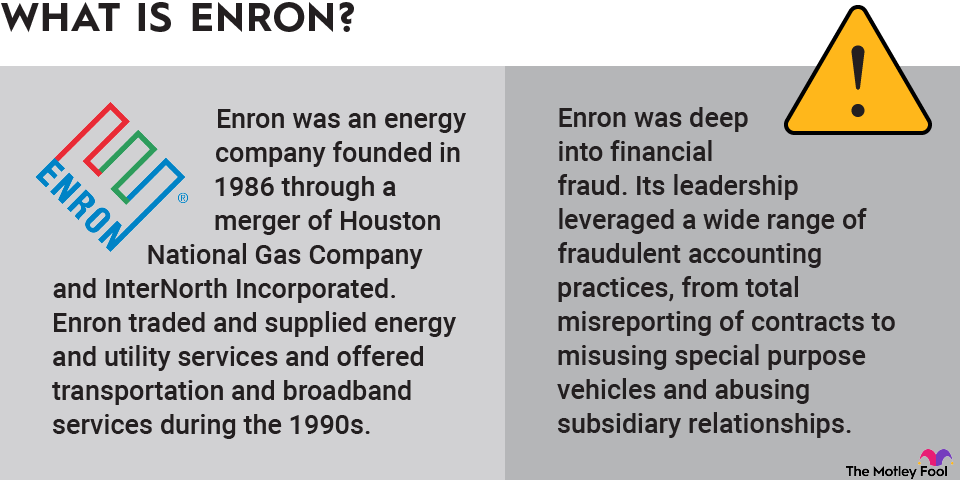Income-generating assets held by endowment funds can include public and private equity positions, bonds, cash, real estate, and more. Typically, funds are governed by investment policies that define the acceptable asset types. The parameters of what's acceptable may include risk-adjusted returns, liquidity, industry, or something else. Clean energy charities, for example, would likely prohibit fossil fuel investments in their endowments.
The fund's income supports endowment fund distributions, which the nonprofit uses to fulfill its mission. Withdrawals are usually limited to income only or a small percentage of assets to ensure the fund remains solvent indefinitely.
Some of the largest endowment funds in the U.S. have been solvent for centuries. As an example, the Harvard University endowment, worth roughly $50 billion in fiscal year 2023, was established in the 1630s. Universities and large nonprofits may have many individual endowment funds, each with their own structures and policies. These funds may be invested together in one portfolio and referred to collectively as "the endowment."




















